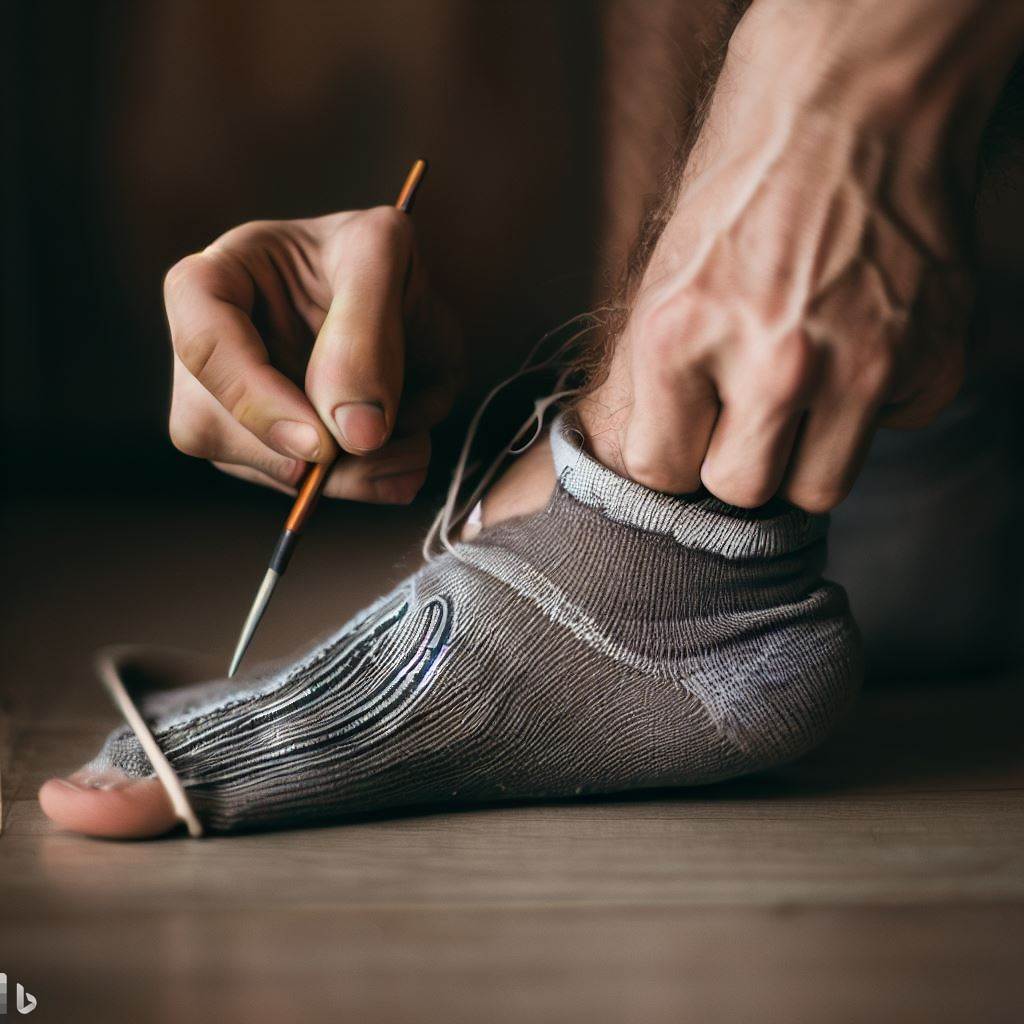Tag: durability
-

Barefoot Shoes and Socks
Reading Time: 2 minutesToday I am going to write about something a little different. A few days ago I saw a child with a huge hole in at least one sock and I commented "for once you’re the one with holes in your socks, rather than me. Usually I do have holes in my socks,…
-

Five Years With The Suunto Spartan
Reading Time: 2 minutesI have had the Suunto Spartan for around five years, the Apple watch Series Four for Four and the Instinct since November 2021 and I find myself gravitating back towards the Suunto Spartan watch again. I pivoted away from the watch and Suunto because it moved towards WearOS and smartwatches, rather than…